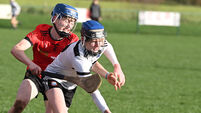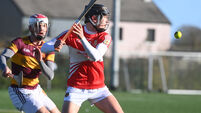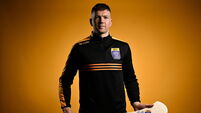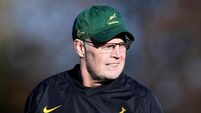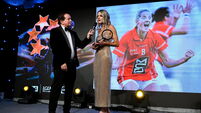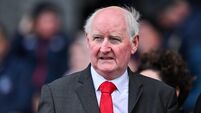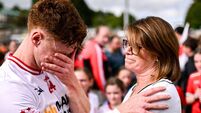Paul Rouse: A brief history of the hurl(ey)
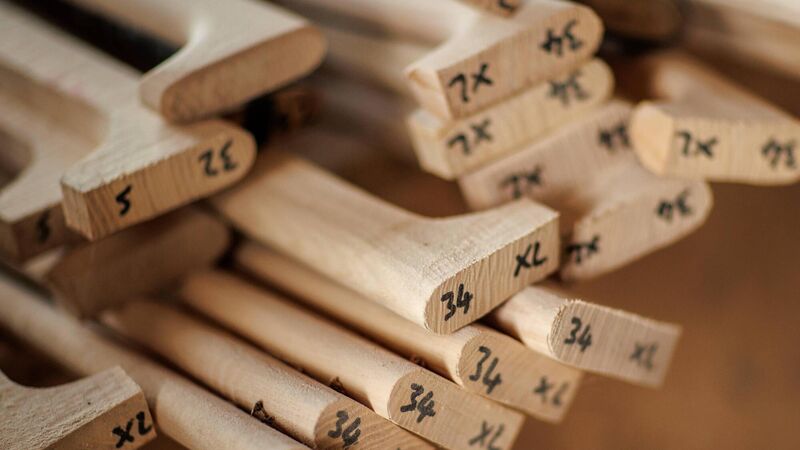
A view of a hurl being made at Derek O'Brien’s workshop in Mallow. Picture: ©INPHO/James Crombie
Gofraigh Fionn Ó Dálaigh writes a poem addressed to Domhnall Mac Domhnaill Mac Cárthaigh, who was about to assume power following the death of his uncle. The poem opens with advice to Domhnall that – with the mantle of leadership about to be thrust upon him – he needed now to set aside the passions of his boyhood and become a man. Among the passions he was now advised to forgo was ‘hurling’; leave down the camán (the hurl(ey)), he was told, and pick up the sword.
In the National Museum of Ireland beside Castlebar, there is an incredible exhibition of hurling balls which were collected between 1910 and 2010. These balls were pulled out of bogs across Ireland and the oldest one is carbon-dated to c. 1192AD. There is also, in the exhibition, one hurl(ey). It was found in a bog in Derries, in the west of Co. Offaly and has been carbon-dated to AD 1467-1531 (c. 1500). It is the oldest known hurl(ey) in existence. We know that stick-and-ball games were played for many centuries before 1500. It may be that another bog turns out a hurl(ey) that is even older than the one from Offaly.


